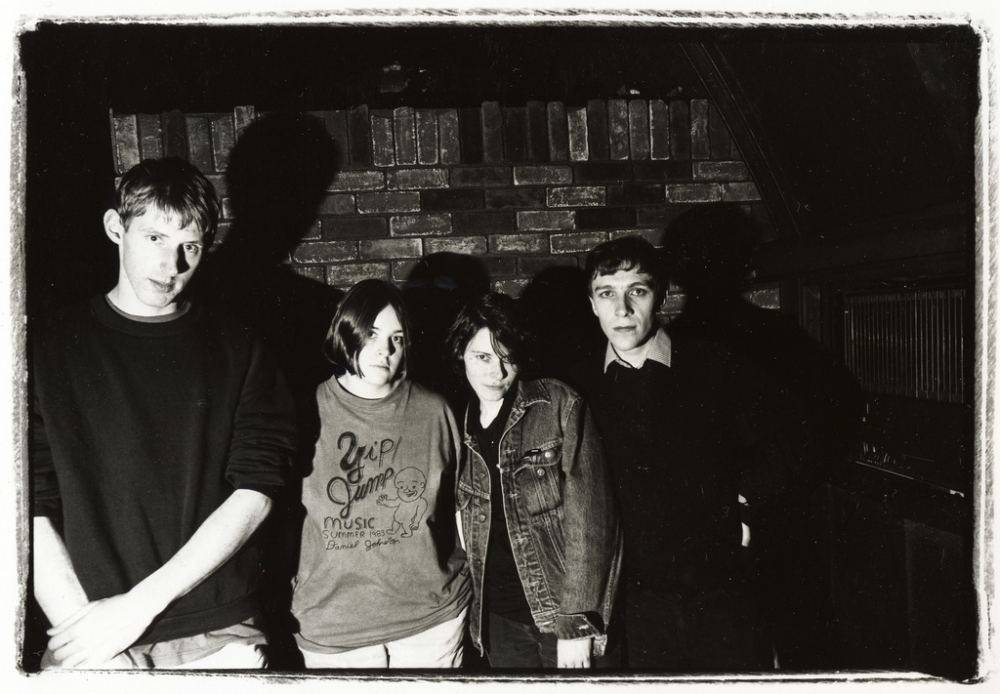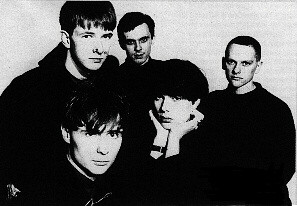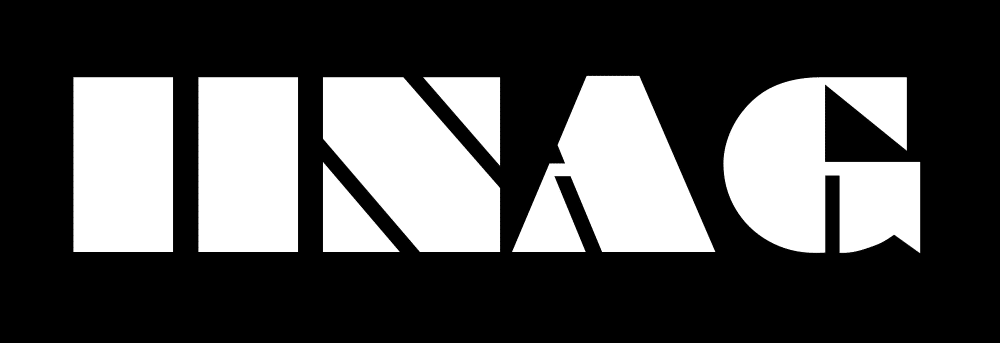The tape that inspired ‘a thousand indie bands’. The tape that launched a whole genre. Even ‘the beginning of indie music’ (it may be taboo here, but for the sake of discussion I will refer to ‘indie’ as a genre category in this article). These are just a few descriptions of C86, a compilation cassette put together by NME in 1986. The tape was intended as a showcase of mid-80s underground guitar pop, but it was more than a just a reflection: it became a genre itself, launching the careers of bands such as Primal Scream, Jesus and Mary Chain and The Wedding Present, as well as becoming the first collection of indie pop songs.
The Story of C86
The story of C86 begins in 1981 with the C81 tape. Released by mail order, it was a showcase of bands recently signed to the Rough Trade label rather than a thorough compilation. Despite the tracks coming from only one record label, its sound was far more varied than C86, ranging from experimental jazz to ska. The joint venture was a success regardless of the variety of styles, selling 30,000 copies, encouraging NME to invest in more compilation cassettes in the future. Before Spotify and SoundCloud, mixtapes were a rare opportunity to cheaply discover new artists, so NME readers leapt at the offer.
By 1986, however, the politics of the magazine had changed dramatically. C86 was used as a weapon not only in the civil war within the paper, in but in the war between it and other music magazines. There was heavy competition around this time between music publications, with four weekly music mags competing for sales, each trying to pique reader interest by writing about new bands and trends. C86 aimed to create a new genre for NME to profit off, hoping to generate attention by ‘discovering’ and promoting a new genre. In achieving this purpose, the tape was a success. To this day, C86 is recognised as its own legitimate subgenre on RateYourMusic.com. But C86 was also used as a pawn in the so-called ‘Hip-Hop Wars’ going on in NME in the 1980s, a schism between fans of hip hop and guitar music enthusiasts. C86 was a tactic devised to reinvigorate interest in the indie scene, taking attention away from the burgeoning rap game. It was designed to be, as Ex-NME staffer Andrew Collins put it, “the most indie thing ever to have existed”.
“The most indie thing that ever existed”
‘Pop’ was an appropriate label for the compilation. The whole point of C86 was a rejection of rock, at the time inundated with over-commercial pop rock, synth infected new wave and Americanised glam metal. According to Chris Nickson, C86 represented ‘a concerted move away from a testosterone-fuelled sound which had been such a vital part of rock music.’ They may have used guitars, but their sound was openly more indebted towards vintage pop in the style of the Byrds, the Ramones and the jangly surf pop of the Beach Boys.

The C86 sound combined post-punk attitudes with breezy, jangly guitars and hooky pop melodies. Songs such as ‘Therese’ by the Bodines, ‘Law’ by Mighty Mighty and ‘Velocity Girl’ by Primal Scream could easily be mistaken for modern indie pop songs, combining bright instrumentation with catchy, angst laden vocals. But it would be a misconception to think that the whole of C86 follows the blueprint. Mixed in are noisy, discordant and experimental cuts, such as ‘Buffalo’ by Stump or ‘Console Me’ by We’ve Got a Fuzzbox and We’re Not Afraid to Use It. The tape may have caught flack since its release for being too twee and effeminate, but those critics either fail to see the progress it represented or haven’t listened to the complete 22 tracks.
Criticism of C86

One of the prolonged criticisms of C86 was that it gave birth to a wave of indie pop bands defined by twee, superficial lyrics with little opinion on anything other than how the frontman can’t get a girlfriend. It’s a criticism of alternative music that has continued to this day. Many of the groups were distinctly political. For example, McCarthy were a far-left Marxist band whose lyrics concerned alienation of the youth and the tragedy of capitalism they perceived around them, all welting with vitriol. The band Big Flame adopted a name from a socialist revolutionary movement active in Liverpool in the 1970s.
More than this, the C86 movement was ahead of its time in its support for feminism. According to Amelia Fletcher of Tallulah Gosh: ‘First, it was a feminist-friendly movement. Lots of these bands featured women, and often in roles women were rarely seen in: bassists, drummers’. According Martin Whitehead, who ran Subway (an indie record label) in the late 1980s: “Before C86, women could only be eye-candy in a band; I think C86 changed that – there were women promoting gigs, writing fanzines and running labels”. C86 was more than music. It was a socio-political movement, both reflecting the Thatcherite politics of the time as well as foreshadowing the increasing prevalence women should and would take in indie music.
The Beginning of Indie
The most striking aspect of the tape is that its influence didn’t stop at the bands it helped launch, nor even the bands of the 80s and 90s who were influenced by it. Even to this day, the indie scene contains influence from C86. Just look at bands such as The Strokes, Franz Ferdinand and The 1975 (listen to one of this year’s singles, ‘Me & You Together Song’ – it could have been ripped straight off C86). C86 was more than a compilation, more than a movement and more than even a genre. It was the beginning of the music that Indie Is Not a Genre is centered around and the origin of the music you’re listening to today.



